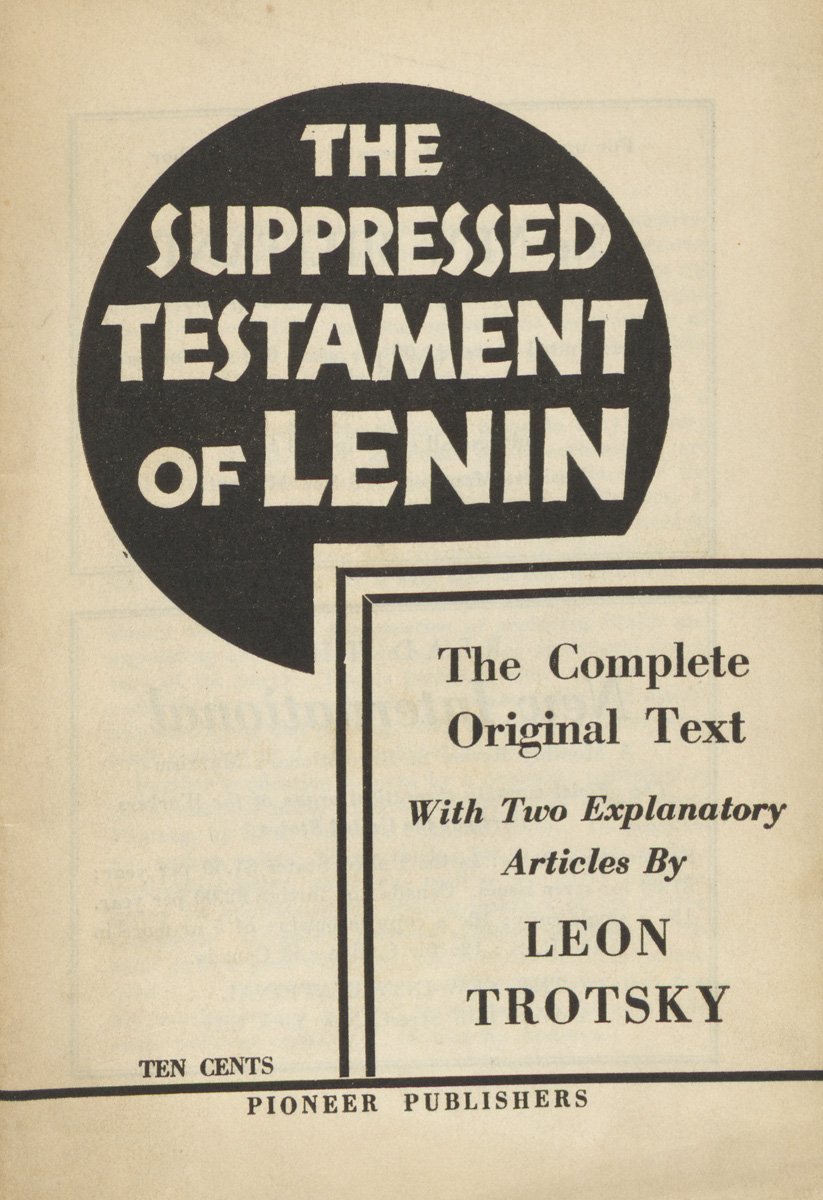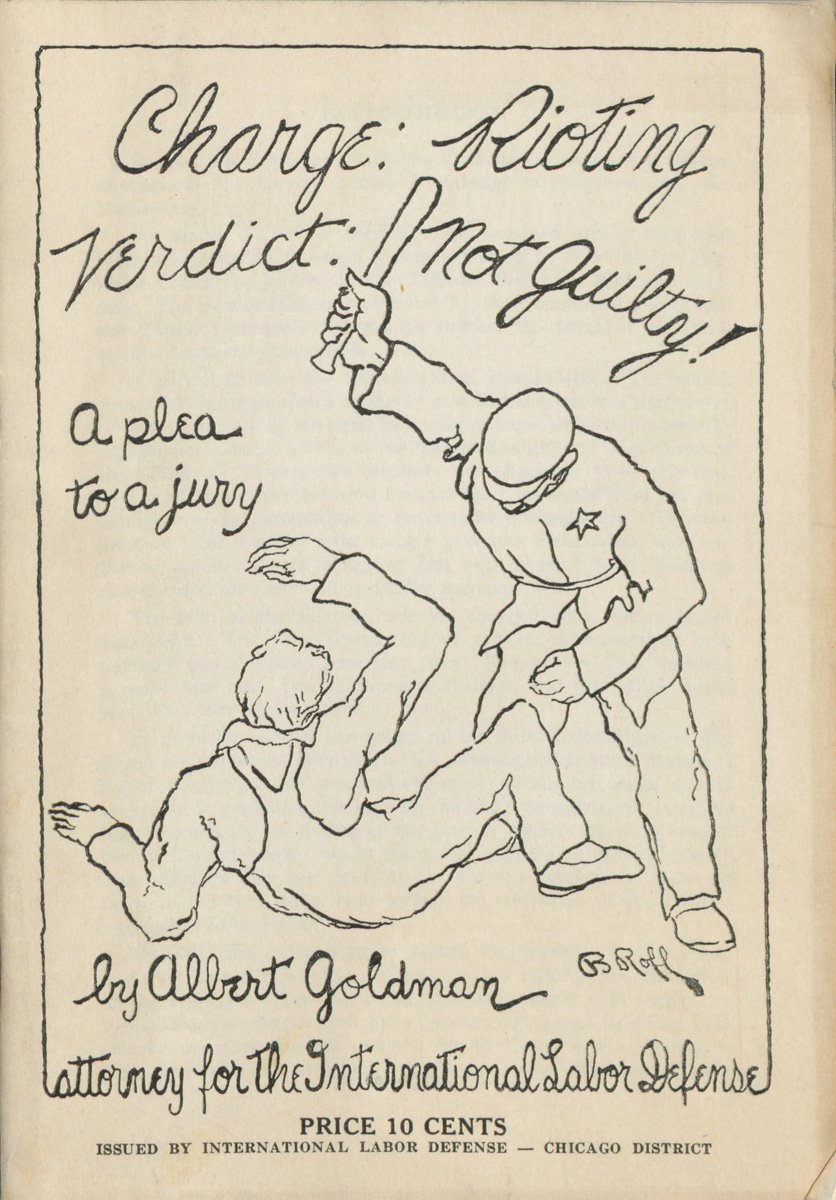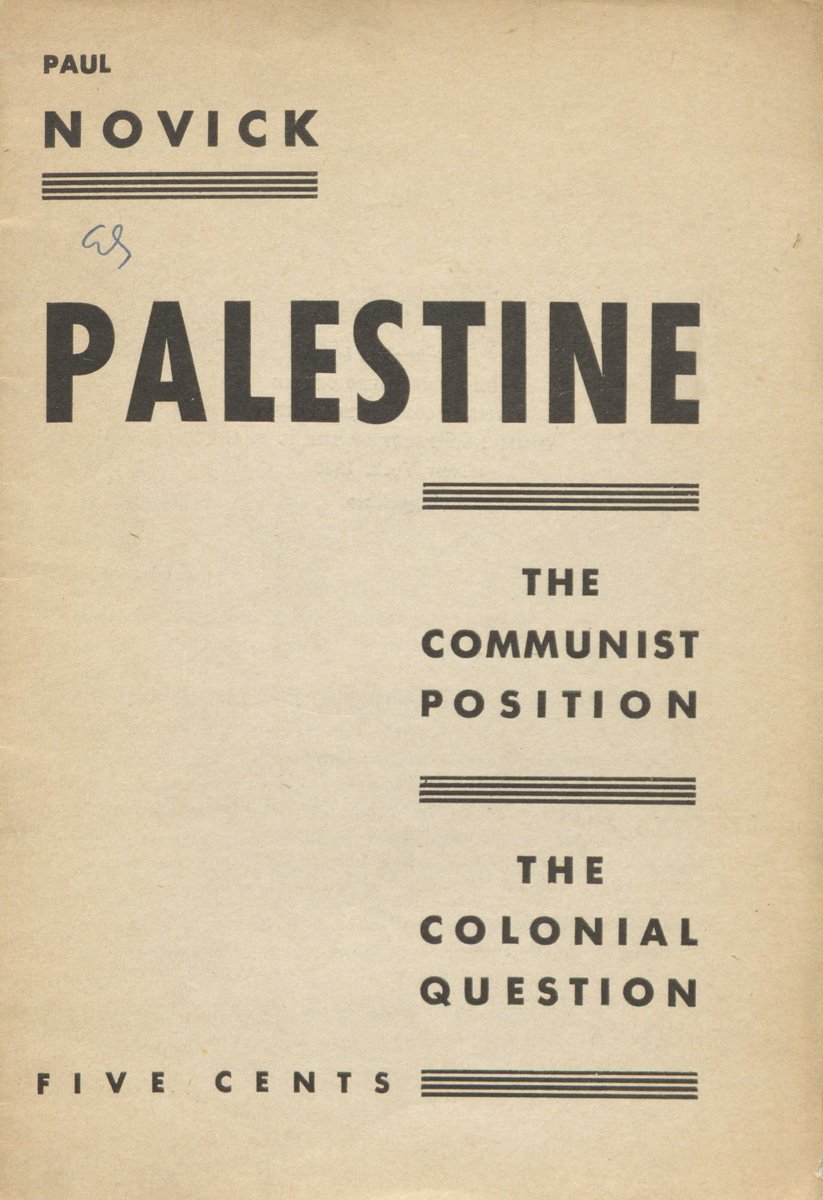Factionalism
Vladimir Lenin died in 1924, leaving multiple candidates for succession. A young hotheaded revolutionary from rural Georgia, Iosif Dzhugashvili (Stalin), had a cadre of loyal supporters. Lenin’s reservations about Stalin – including indications his personality might not be well-suited for the job – were readily suppressed by Stalin’s camp. Leon Trotsky had made major theoretical and practical contributions to the revolutionary movement, but he had had major disagreements with Lenin and was perceived by some as a distant intellectual.
Over the course of the 1920s, Stalin took control of the Soviet Union and exiled Trotsky, where the latter continued to organize both against capitalism and against Stalin’s USSR. In the USSR, meanwhile, the charge of Trotskyism served as the pretext for arrests and show trials. Purported Trotskyites – many of whom had no idea what Trotskyism meant – were frequently sentenced to labor camps or executed. The personal struggle between Stalin and Trotsky came to an end in 1940 when the latter was assassinated in Mexico, but it continued to divide the communist movement.
In the United States, these factional disagreements had a profound impact on the already divided leftist movement. The Communist Party of the USA was closely linked to the USSR and held a strong anti-Trotsky line. Meanwhile, Pioneer Publishers served as the primary outlet for Trotskyist thought both before and after the death of Trotsky himself.
Founded in 1925, the International Labor Defense (ILD) offered legal support to beleaguered activists in the US, regardless of their factional affiliation. The ILD became especially notorious for its defense of high-profile political defendants, including Italian anarchists Sacco and Vanzetti, and the famous Scottsboro Nine. The ILD was known for transcending the political divisions that split the American left. But even for the ILD, Trotskyist defendants were beyond the pale: they were not eligible for aid from the ILD.
All these movements lay claim to the legacy of Russia’s October. These stakes were most evident in the context of another revolutionary moment: the Spanish Civil War of the late 1930s. Each group claimed ownership of the Spanish “revolution,” framing it through their own interpretation of 1917. Ultimately, they all lost out when the Spanish Republic fell to dictator Francisco Franco.




